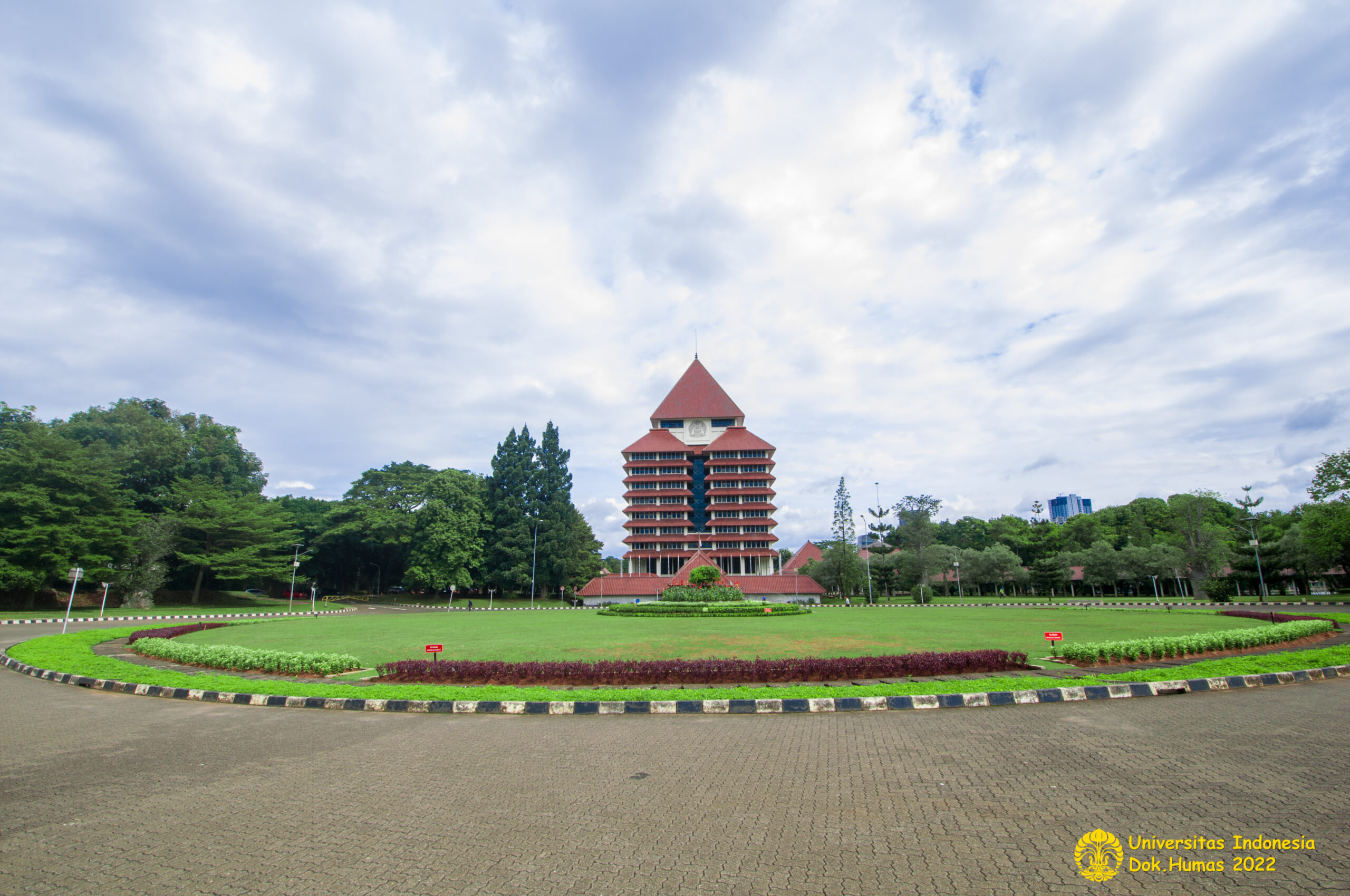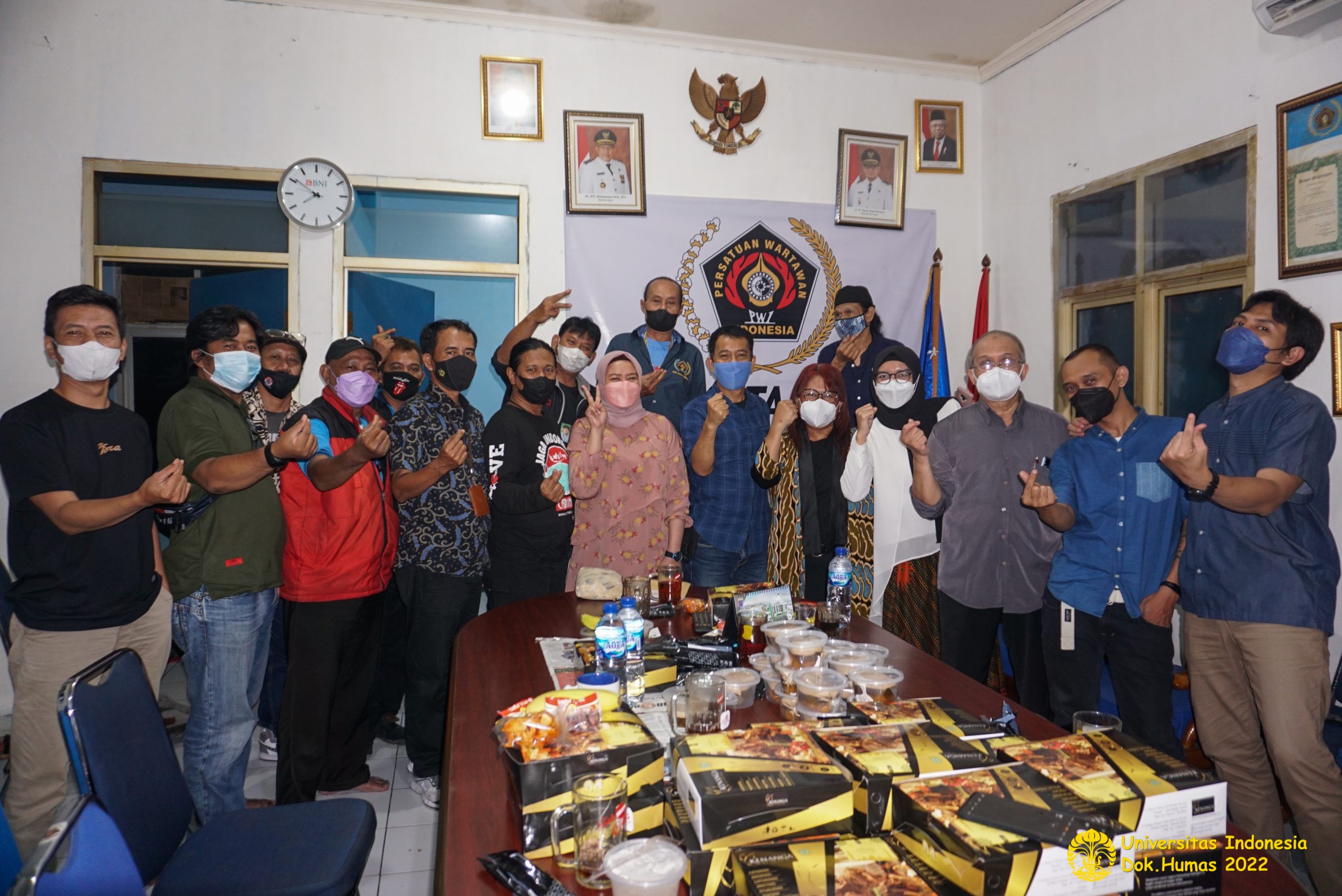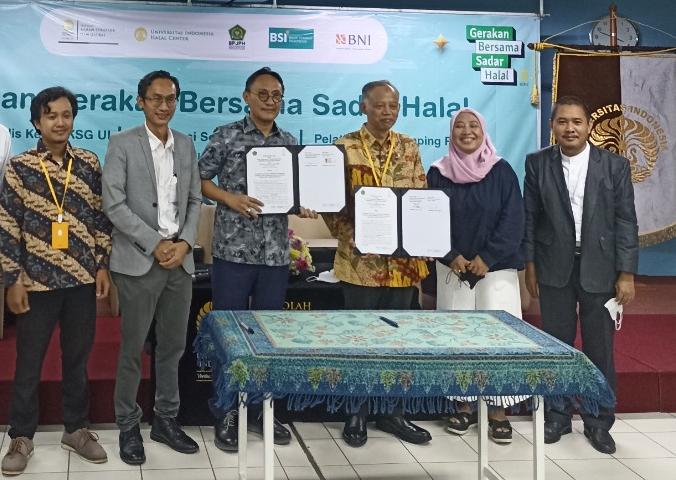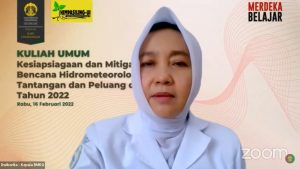
The National Disaster Management Agency (BNPB) revealed data that in 2021, there were 3,018 disasters in Indonesia. Most of these disasters are in the field of hydrometeorology. It is a disaster caused by the presence of meteorological parameters (rainfall, humidity, temperature, and wind), so that disaster mitigation efforts are needed to reduce the risks and impacts caused by disasters. The Universitas Indonesia (UI) School of Environmental Sciences (SIL) held a public lecture related to the disaster, on Wednesday (16/02), with the theme “Hydrometerological Disaster Preparedness and Mitigation: Challenges and Opportunities in 2022”.
“Indonesia’s climatic conditions are in the archipelago and crossed by the equator which is complex and dynamic, different from areas on the mainland. This causes quite a lot of changing climate and weather factors in Indonesia, for example, currently we people in Indonesia are experiencing ‘La Nina’, which is influenced by sea level temperatures. The condition of the increasingly warm sea surface temperature in Indonesia has caused the weather conditions in Indonesia to be more complex,” said Prof. Dwikorita Karnawati, M.Sc., Ph.D., Head of the Meteorology, Climatology and Geophysics Agency (BMKG) in the public lecture.

Deputy Director of SIL UIDr. Dony Abdul Chalid, SE., M.M. said that this public lecture is held annually to provide students with a better understanding of disaster management studies in Indonesia by presenting experts from related institutions. “The purpose of this public lecture is to provide contemporary perspectives or new things related to developments in society so that later students will not only be equipped with adequate concepts, theories, and tools, but also understand the context (climate problems, weather, and environment) that is happening right now,” said Dony.
According to Prof. Dwikorita, collaboration with other parties is needed in disaster mitigation efforts in Indonesia. The role of the penta helix –academics, government, community, private sector, and media- is needed in building collaboration in observation and security of observation facilities, as well as information dissemination and disaster mitigation. BMKG as an institution that specifically handles this (climate and weather in Indonesia), provides several services in disaster preparedness and mitigation efforts, such as weather and climate field schools for fishermen and climate jamborees for school students.
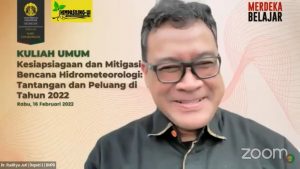
On the same occasion, Deputy 1 for System and Strategy Division of the National Disaster Management Agency (BNPB), Dr. Raditya S.Si., M.Si, said that the community has an important role in preparedness and dealing with disasters, especially hydrometeorological disasters in Indonesia.
“Not all natural phenomena become disasters (material losses, casualties, environmental damage). Since the beginning of 2022, there have been more than 500 disaster events recorded at BNPB. From here, there needs to be an understanding of not only disaster risk, but also the efforts that can be made in handling the disaster risk,” said Dr. Raditya.
He continued, according to the Sendai Framework for Disaster Risk Reduction (SFDRR) (2015-2030), there is a global disaster reduction framework based on 4 (four) priority things to do. “First, an understanding of disaster risk. Second, strengthening disaster risk governance to manage disaster risk. Third, invest in disaster risk education for resilience. Lastly, improving disaster preparedness for an effective response,” said Dr. Raditya.
Indonesia and Japan have similarities in terms of geography, one of which is the condition of disaster vulnerability, such as earthquakes which also often occur in Indonesia due to the intensity of the movement of the earth’s plates which tends to be frequent. In an effort to prevent disasters that occur, Japan has an early education system to deal with disaster risk reduction.
The Bukittinggi City Disaster Literacy Research Team Mukhlis Arifin, S.Sos., M.Sc., in his thesis research, discusses the disaster risk management system in Japan that can be implemented by the Indonesian people in dealing with disasters that are likely to occur in the future. “Holistic disaster management is one of Japan’s priority policies. One of them is through education on preparedness in dealing with disasters,” he said.
“In addition to education, education must also produce. Children in Japan have been given basic education in disaster management efforts. Japan conducts quite serious research on disaster aspects and how to develop disaster efforts in the country. They also have a strong disaster prevention system, a strong construction project and strive to be able to survive when a disaster occurs, good medical action, and a strong information and communication system,” said Arifin, who spoke at the event attended by UI academics, Government Service BMKG, BNPB, Regional Disaster Management Agency (BPBD), as well as universities from within and outside the country.
SIL UI was officially formed on July 1, 2016 based on the Decree of the Rector of UI No. 1092/SK/R/UI/2016 concerning the Opening of the School of Environmental Sciences, University of Indonesia. The School of Environmental Sciences became the first school to be established at the University of Indonesia and became the first school to focus on a multidisciplinary approach to Environmental Science in Indonesia. SIL UI has three study programs, namely the Environmental Science Masters Study Program (S2), the Disaster Management Masters Study Program (S2), and the Environmental Science Doctoral Study Program (S3). The SIL UI campus is located in Salemba, Central Jakarta.
Writer: Vinny Shoffa | Editor: Maudisha AR
For more information refer to:

